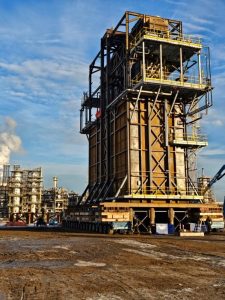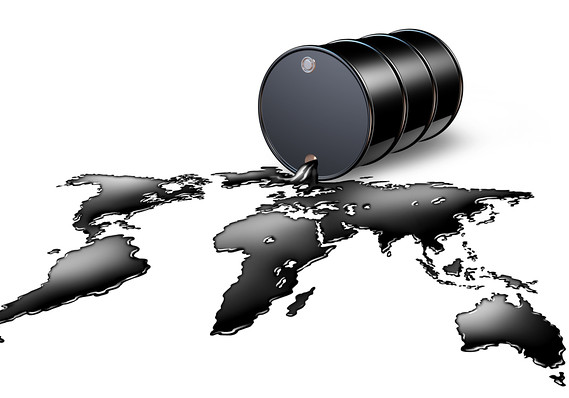
– The extraction and processing of oil sands is key to the Canadian economy, as it will contribute more than $200 billion annually to the country’s GDP.
Lagos — Oil sands production in Canada is expected to reach 3.7 million barrels per day by 2030. Oil sands extraction and processing remains one of Canada’s most important economic drivers.
According to the Business Council, the industry is expected to contribute more than $200 billion annually to the country’s GDP. In addition, it is a major employer supporting up to 700,000 direct and indirect jobs.
The Horizon Oil Sands facility operated by Canadian Natural Resources in Fort Mackay, Alberta is one of the largest extraction and upgrading projects for bitumen (a form of heavy oil) in Canada.
Sarens, world leader in heavy lifting, engineered transport and crane rental, has participated in the new plant expansion project by assembling, transporting and installing pieces of the Furnace 31-F-1C, each of which weighs 100,000 kg and is over 20 meters long.
Under the name of DRU-1, this expansion project will add 50,000 barrels per day of capacity to the Horizon Oil plant, which currently produces 250,000 barrels per day. It will also reduce the use of diluent, a chemical that is mixed with bitumen to facilitate its transport by pipeline resulting in cost savings and a reduction in greenhouse gas emissions.
In order to carry out this project, the Sarens engineering team carried out a detailed analysis of the work plan in order to plan the operations in the most efficient way and in the shortest possible time. Extensive planning of transport routes was carried out during the design of the transport frame.
After examining the site and the components to be lifted, the Sarens team decided to use Terex CC-2400-1 SSL & CC-2400-1 SWSL cranes and a Self Propelled Modular Transport (SPMT). These cranes were chosen for their versatility and lifting capacity. They are lattice boom crawler cranes with a capacity of 400 tons and a maximum boom length of 126 meters.
The SSL model has a variable superlift system that allows the radius to be adjusted from 9 to 15 meters. The Terex in SWSL mode has a special boom configuration that combines the superlift with the jib. The main boom length can vary from 36 to 96 meters and the jib length from 24 to 84 meters. The SPMT was used to mobilize the cranes thanks to its net axle capacity of 30,000 kg and tractive force of up to 28,000 kg. It is very versatile as it can operate in different steering modes such as normal, rotation, transverse, diagonal or carousel.
The equipment was shipped from our Leduc, Alberta yard, approximately 500 kilometers away from the Horizon Oil facility and requiring thirty additional shipments to transport the complete set of equipment. Once at the plant, it took a week to assemble and rig the cranes. Once the cranes were ready, the transport and installation of the furnace components was completed in the 4 months foreseen in the work plan. A total of seven Sarens experts were involved in the operation, including rigging and the actual erection work.
Sarens has extensive experience in the construction and upgrade of oil sands process plants in Canada. In 2014, Sarens was part of the installation of the oil sands process units at the client facility near Fort McMurray, AB by using units such as the Demag CC8800-1 and SPMTs (Self-Propelled Modular Transporters) to transport and install the modules on site. In 2021/2022, Sarens also participated in the installation of a new construction facility which involved the assembly, relocation and installation of up to 34 process modules at this same facility utilizing a CC2800, CC8800, SPMT and a specialized jacking and skidding system.



